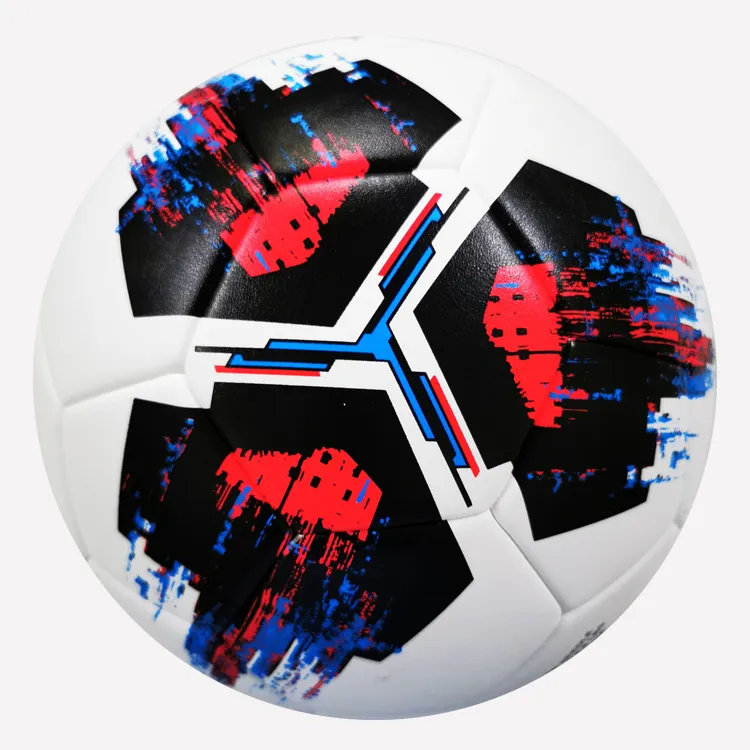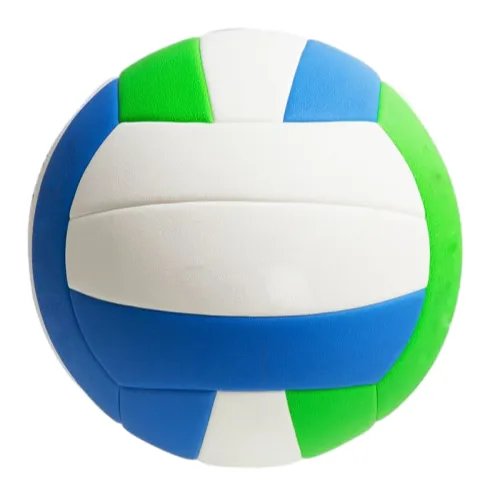A machine-stitched football, also known as a soccer ball in many parts of the world, is a marvel of modern engineering and design. These balls are meticulously crafted to offer optimal performance, durability, and playability. As someone deeply entrenched in the world of sports equipment, I can attest to the transformative nature of this technology in the realm of competitive and recreational football.

Machine stitching provides unparalleled consistency in production, ensuring that every ball meets rigorous standards of quality. This consistency is essential for competitive play where even minor deviations in ball performance can be the difference between victory and defeat. The precision machine stitching offers means that each football has a uniform panel shape and stitching tension, resulting in a truer flight and more predictable ball behavior on the field.
In terms of materials, machine-stitched footballs often utilize synthetic leather, which combines durability with a softer touch that players appreciate. Unlike traditional leather balls, these synthetic materials are resistant to water absorption, ensuring that the ball performs consistently in various weather conditions without gaining excess weight. This advantage is particularly crucial for maintaining the speed and accuracy of passes and shots, a key component of skilled play.

The interior of a machine-stitched football is just as critical as the exterior. High-quality balls often feature a multi-layered lining that contributes to the ball's resilience and structure, ensuring it retains its shape over time. This structural integrity is crucial for both training sessions and official matches, where reliable performance is non-negotiable. Additionally, the bladder, usually made from latex or butyl, is designed to retain air better, minimizing the frequency of inflation required and ensuring the ball remains at optimal pressure for play.
From an environmental and economic perspective, the shift towards machine-stitched footballs is significant. Automation in stitching reduces labor costs and minimizes human error, producing high-quality balls that are both affordable and durable. This democratizes access to quality sports equipment, enabling more players around the world to experience football at its best.
machine stitched football
The breadth of options available in the machine-stitched football market means there is a ball suited for every level of play and budget. Entry-level models for beginners provide a great balance of performance and value, while higher-end models designed for professional use incorporate cutting-edge materials and design innovations.
For coaches and players looking to invest in footballs, understanding the unique advantages of machine stitching is crucial. These balls not only provide a consistent and high-quality experience but also represent a reliable investment in long-term performance. Their durability means they stand up to rigorous training sessions, while their consistent performance characteristics help players develop their skills with a reliable tool.
The development and widespread availability of machine-stitched footballs have opened up new opportunities for athletes and sports enthusiasts. As training and nutrition become more sophisticated, so too does the equipment used on the field. The adoption of consistent, high-quality footballs is part of a broader trend towards enhancing the sporting experience through technology and innovation.
Moreover, leading manufacturers in the sports industry continue to invest in research and development, pushing the boundaries of what these machine-stitched marvels can offer. From innovative panel designs that enhance aerodynamic properties to advanced materials that improve tactile surface interaction, the future for machine-stitched footballs is promising.
In conclusion, machine-stitched footballs embody the perfect fusion of technology and sport. Their consistent quality, durability, and improved performance characteristics stand as a testament to the strides made in sports equipment engineering. For both the casual player and the seasoned professional, these footballs represent an essential component of a full-bodied football experience, where reliability meets refined performance on the pitch. Investing in a machine-stitched football is investing in a passion for the game, ensuring every player can perform at their best with equipment that supports their skills and enthusiasm for football.













